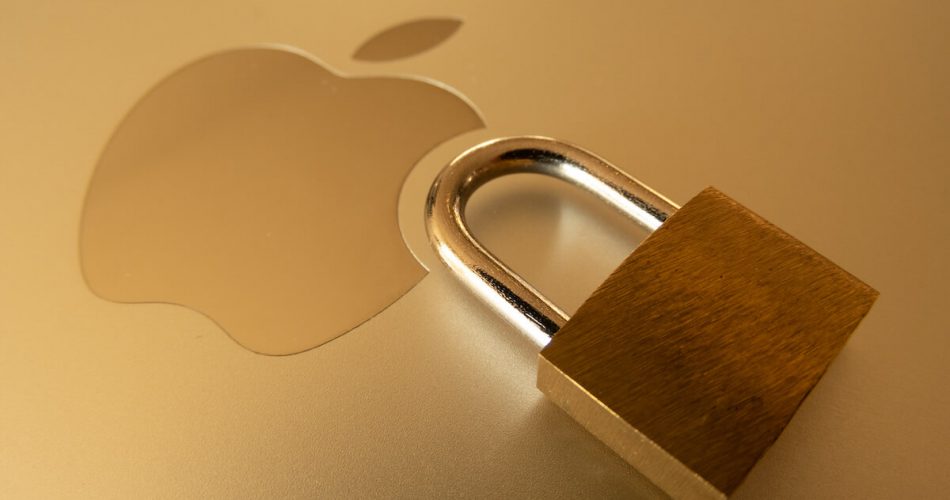It can get very annoying when your MacBook locks the screen automatically every few seconds.
You are busy replying to a message on your iPhone, and the moment you get back, you will find your Mac locked, so you will have to unlock it again.
This problem is delicate if happening once an hour. But, if you keep going back and forth while working, it will cause you to lose your mind.
Auto-lock on Mac or Windows computers is a safety feature that most companies follow.
However, for a personal computer, it can feel a little useless. So, how do you turn off the auto lock on Mac? Here is everything you need to know.
Table of Contents
Why Does MacBook Automatically Go to Screen Saver?
There are various possible reasons why your Mac keeps going to screen saver or lock screen.
For instance, if there is a magnet nearby where your system is placed, then it could interfere with Mac’s operating system.
Just like that, other reasons could also cause the laptop to go to the lock screen. Take a look,
Enabled Hot Corner
One of the most common reasons your MacBook automatically locks itself is that you have enabled hot corners.
A hot corner will activate the screen saver when your laptop is inactive.
If you’d like to find out if this is the reason behind the auto-lock, then follow these steps,
- Go to the Apple menu and choose System Preferences
- Click Desktop and Screensaver
- From the Screen saver menu, choose Hot Corners
- A list will appear at the top left corner of the screen. Check if Put Display to Sleep is turned on.
- If it is turned on, it can be why your MacBook automatically goes to the lock screen.
- Just turn off the Hot Corner, and it should turn off the Auto-Lock.
Reconfigure the Energy Saver Feature
Every MacBook has an energy saver feature that saves your battery when the laptop is not in use.
Another possible reason your computer may go to the lock screen is the incorrect configuration of this feature.
Here is how you can fix it
- Click the Apple icon and select System Preferences
- Click Energy Saver from the pop-up window
- Check the available controls and configure them correctly for a longer timeout.
You can also adjust settings for your Mac’s low-power mode.
Your computer must be set to conserve energy. It will auto-lock once the screen saver begins.
Can I Change Screen Timeout on Mac?
A shorter timeout can be very annoying if you must repeatedly enter the password.
Lucky for us, you can now change the auto-lock timeout on MacBook just like you can do it on smartphones.
It will not take much time, and you can save yourself from the hassle of entering the screen lock every few minutes.
Follow these steps to change screen timeout,
- Go to the main System Preferences window from the Apple menu.
- Select the Energy Saver option.
- A lock will appear at the bottom left corner of the screen. Click it.
- You can make changes by entering your username and password.
- Set the lock screen settings and adjust the timeout on the scroll bar according to your preferences. For example, you can set the time for the screen to remain inactive until the screen saver starts.
You can prolong the time as per your requirement. But ensure you don’t leave an inactive screen on too long, or it will drain your battery.
How to Turn Off Auto Screen Lock Via System Preferences?
Lastly, here is how you can completely turn off auto-lock on your MacBook,
- Click on the Apple menu in the top left corner of your screen.
- Choose System Preferences
- Select the Security and Privacy icon
- Click the General tab
- Once inside the General tab, you can increase or decrease the duration of your screen-saver timeout.
You can also turn off the auto lock in this menu or even set the screen not to require a password when you haven’t been away for too long.
Final thoughts
So, this is everything we have on how to turn off auto lock on Mac. Hopefully, this article has been worth your time and attention. Now you can leave your Mac’s screen inactive without being annoyed.

